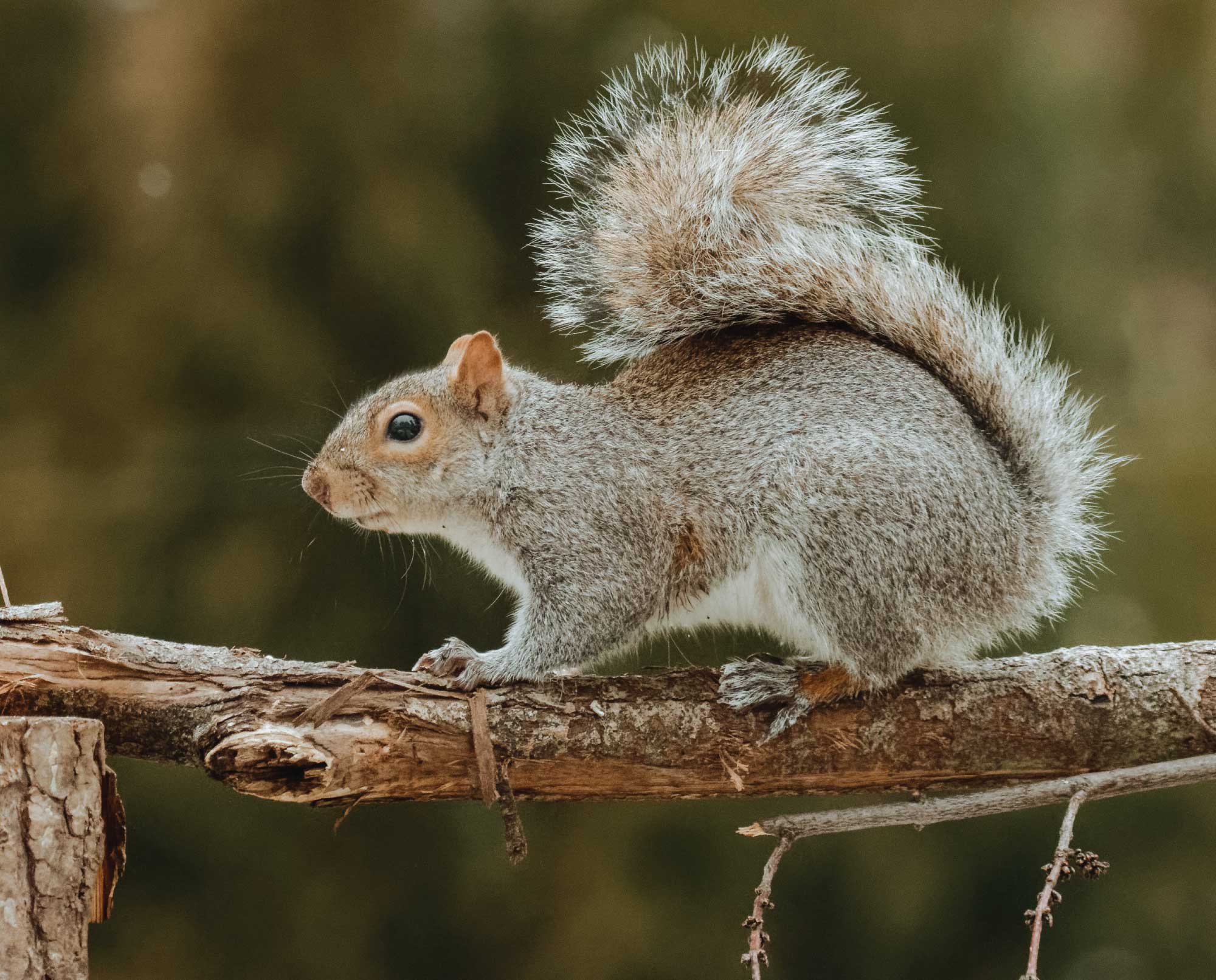

Perhaps the gray squirrel wasĪbsent as a resident in the central Adirondacks during Merriam’s time, butīy the mid-1930’s no less than 6 sightings were made by Chief Ranger Oja Of the 1749 invasion of Pennsylvania by gray squirrels, which led to bountiesīeing paid for 640,000 squirrels, indicates the magnitude of both populationsĪnd the extent of the immigrations. These immigrations are well documented, and Merriam’s recounting Squirrels were famous for their mass immigrations which may have been causedīy population pressure following large most crops and/or failure of the mastĬrop. He attributed their sightings to the irregular immigrations of this species.īefore the large scale destruction of the eastern deciduous forests, gray Rare enough to report individual observations by hunters and guides. Merriam commented on the rarity of the gray squirrel in the Adirondack interior, Would probably not exist without the presence of bird feeding stations. Some populations, like that at Blue Mountain Lake, Often occurring in towns, cities, parks, and more importantly, near residentialīird feeding stations. Up to 915 m (3000 ft), ranging in abundance from rare to common, the latter Hardwoods, and mixed hardwood-coniferous forests of the Adirondacks at elevations To varying extents, the gray squirrel resides in the old-growth This species in the Adirondacks reaches its greatest abundance along theĬhamplain Valley, and the eastern and southeastern areas of the Park, e.g.,Īlong the western shore of Lake George, areas that have a greater abundance The range includes portions of the mixed forest in southern Canada.

Half of North America provide optimum habitat for the gray squirrel, but Range and Habitat: The deciduous forests of the eastern Albinos are more frequent than in many rodents. Additional individual color variation results in brown, black, Seasonal color variation is a function of fading and Hairs, each banded alternately with brown and black at the base and broadly Total length of this 48-51 cm (18-20 in) rodent, is made up of long, wavy The bushy, 18-25 cm (7-10 in) tail, which is about half the The backs of the ears, tan to cinnamon in color, have white tips in the winterĪnd bold, conspicuous white spots at their bases and adjacent parts of the UnderpartsĪnd eye-rings are buffy brown to white, usually lighter in winter. Winter, the pelage of some individuals strikingly silver-gray. The yellowish brown summer coat becomes thicker and gray in State University of New York, College of Environmental Science and Forestry. Gray Squirrel ( Sciurus carolinensis Ord) From: Saunders, D.

To communicate with each other they use both vocalizations and posturing. Females nest alone during pregnancy, and lactating females are particularly aggressive and left alone by other squirrels. The dens are usually lined with moss plants, thistledown, dried grass, and feathers. Males and females may share the same nest during the breeding season, which they build in the forks of trees, and during cold winters, squirrels may also share these dreys to stay warm. They are more active in the daytime than at night, particularly at dawn and during the afternoon. These squirrels are a scatter-hoarder they hoard huge quantities of food for the future and can make several thousand caches per season. Eastern gray squirrels are aggressive, alert, and inquisitive rodents, very fast when moving and jumping amongst the treetops.


 0 kommentar(er)
0 kommentar(er)
